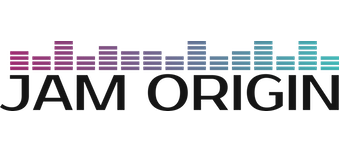Big Sur | MIDI Guitar 2 Latency & Tracking | Mapping MIDI Guitar 2 into GarageBand Instruments
I’m experiencing two problems with MIDI Guitar 2, and hesitate to purchase the software until I have a demonstrable-working copy on my iMAC.
Problem #1
I’m having some latency issues and tracking issues with MIDI Guitar 2 using the standard piano (default) instrument, and wonder if I need M1 processors or better (assuming MIDI Guitar 2 is coded-optimized to use these extra processing cores for Audio-Midi encoding). My iMac is currently a 3 Ghz, 6-Core Intel Core i5, with 16GB RAM. One would imagine that with the right software expertise, the latency should be near zero with a 6 core system and even better with the new M1 processors. Just look at the video processing speed of the ‘M-based’ iPhones and new MacBook air. It’s time for the developers to invest in some coding optimizations for the Apple platform.
Problem #2
There need to be updated video tutorials showing how to setup and configure MIDI Guitar 2 on Big Sur, as the UI for MIDI and GarageBand has changed. I can (with latency and ghost note issues) get the standard MIDI Guitar 2 instruments to work, but not at a performance or recording standard.
However, I can not get the MIDI Guitar 2 software to connect (GarageBand) software plumbing) to drive the GarageBand instrument portfolio, for example the Vintage B-3 organ. I need this for both practice (loops) and recording in GarageBand.
Until which time a short 5 minute video tutorial for Big Sur is produced by the software developers showing this functionality, I see no reason to purchase the software. Also without any plan to solve the latency problem or recommend a minimum system requirement for latency, I can not see using this software for practice, recording, or live performance.
I would be happy to work with the support team, but am actually surprised to not have found any YouTube videos (or links to 3rd party videos) for MIDI Guitar 2, Big Sur, and GarageBand. The product is a super concept, but needs work, for the amature or professional.
